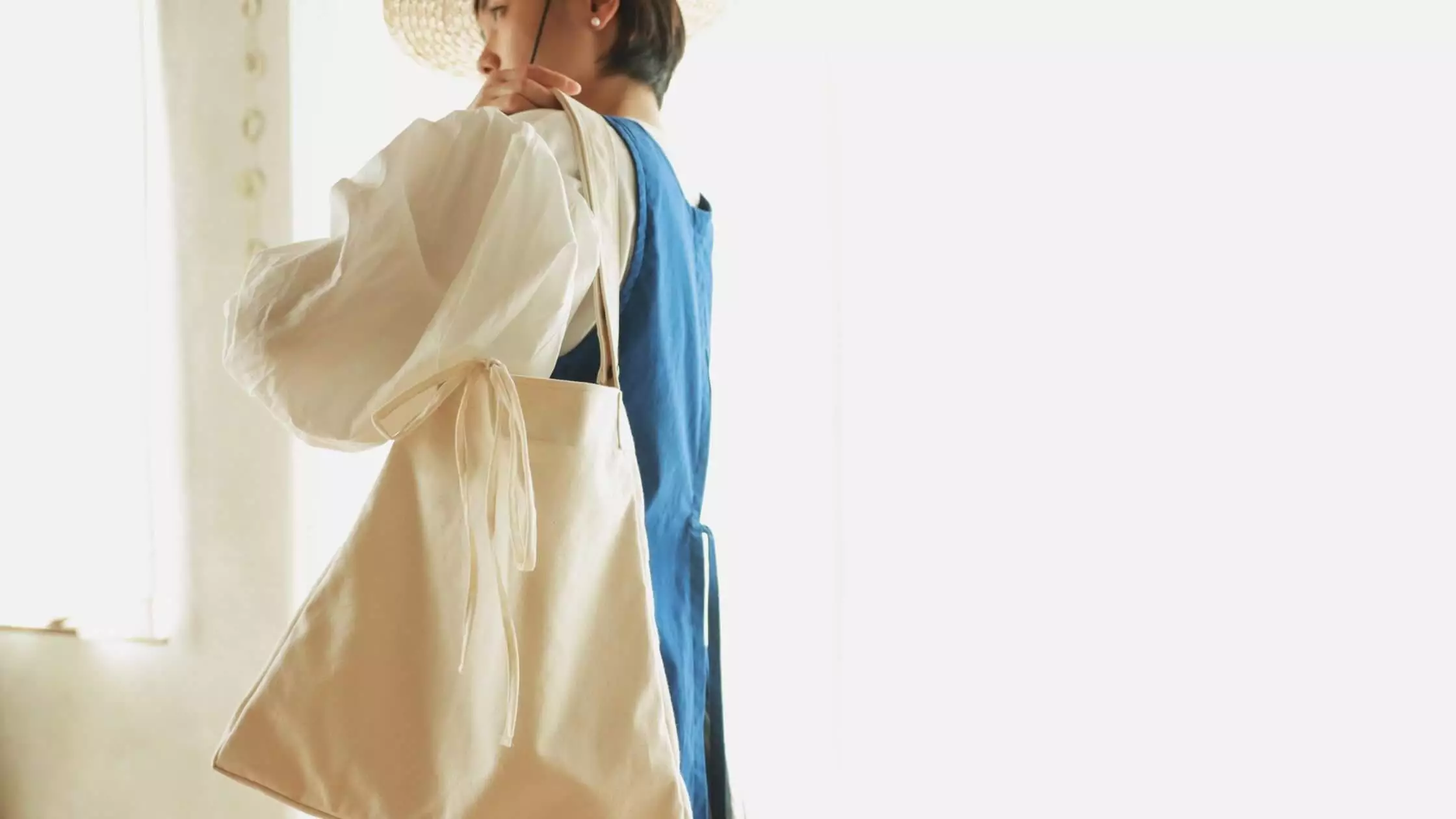Ancient Greek Clothing: A Fresh Look at Classical Greek Costume
Visitors to museums often encounter rows of marble statues that appear unadorned, leading many to believe that clothing played a minor role in ancient Greek life. This couldn’t be further from the truth. In reality, Greek clothing was deeply symbolic—woven with meaning, social identity, and cultural values. Whether in the agora or on the battlefield, dress was a visible language spoken through folds, fabrics, and fastening pins.
Let’s explore what men and women actually wore in ancient Greece, and what these garments meant to the people who wore them.
Content
The Simple Chiton

Definition: A chiton was a rectangular piece of linen or wool, stitched or pinned at the shoulders and belted at the waist.
Worn by both genders and all ages, the chiton was the most common ancient Greek garment. Variations in fabric weight, dye color, and layering reflected differences in status and setting. A wealthy Athenian might wear a dyed, finely pleated chiton at a symposium, while a farm worker would choose a coarse, sleeveless version for practicality.
Literary references often describe a “flowing chiton,” associated with grace and movement—particularly in theater and religious processions.
Picture yourself walking through the Athenian marketplace, your chiton fluttering in the breeze, the scent of olive oil and fresh bread in the air.
The Traditional Peplos

Definition: The peplos was a large woolen garment, folded at the top and pinned at the shoulders, often reaching the ankles.
Primarily worn by women, the peplos was a symbol of tradition and virtue. The overfold—called the apoptygma—added modesty, and its heavy fabric created a striking silhouette. During Athens’ Panathenaic festival, a newly woven peplos was presented to a statue of Athena, linking the garment to divine reverence and civic pride.
In mythology and art, goddesses like Artemis are shown in shorter peploi when hunting, revealing the garment’s adaptability for action.
Historical detail: A surviving terracotta figurine shows a woman adjusting her peplos with a fibula—giving us rare insight into how it was actually worn.
The Protective Himation

Definition: The himation was a large rectangular cloak, typically draped over one shoulder and wrapped around the body.
Worn by men and women alike, the himation served as both outerwear and a sign of status. Philosophers and orators were often depicted wearing only a himation—symbolizing asceticism and intellectualism. Its folds could be arranged to convey dignity, modesty, or even mourning.
Travelers and soldiers sometimes used the himation as a blanket at night, reinforcing its dual role as clothing and shelter.
Art reference: A 5th-century BCE statue shows a statesman with his himation drawn tightly around him, suggesting both warmth and introspection.
The Versatile Chlamys

Definition: The chlamys was a short cloak, fastened at one shoulder, worn almost exclusively by men.
Ideal for movement, the chlamys was favored by soldiers, messengers, and horsemen. It left one arm free, making it suitable for battle or travel, and could even be used as a makeshift bedroll. The cloak became a symbol of youthful masculinity, often worn with a petasos hat and sandals.
During the reign of Alexander the Great, high-ranking officials adopted richly dyed chlamydes, turning the once-practical garment into a fashionable status symbol.
Object spotlight: Relief carvings from royal tombs depict cavalry riders in wind-blown chlamydes, emphasizing speed and authority.
Why Clothing Mattered in Ancient Greece
In a society without surnames or ID cards, clothing in ancient Greece communicated a person’s role, origin, gender, and class at a glance. Brightly dyed chitons indicated wealth; plain woolen peploi implied modesty. From sacred rituals to daily labor, garments carried coded messages that shaped first impressions and public image.
For modern scholars, artists, and fashion historians, these garments are more than historical trivia—they’re primary sources. The way cloth draped, fastened, or moved speaks volumes about ancient aesthetics, climate, and technology.
Next time you view a marble sculpture or painted vase, look beyond the body. Notice the fabric folds, the brooches, and the subtle drapery—all clues to a richly dressed past.
Advertise with us to showcase your brand on a leading fashion hub—reach trend-savvy audiences and boost your visibility today!
See Classical Greek Clothing for Yourself
Many museums now offer digital access to their collections, featuring high-resolution images of statues, ceramics, and textiles related to Greek clothing. Whether you’re researching historical fashion, teaching classical studies, or simply curious, these resources allow you to experience classical Greek costume with new eyes.
Better yet—visit in person. Stand before a 2,500-year-old statue and trace the garment folds carved into stone. The clothes may no longer rustle, but their stories still speak.
To explore timeless fashion styles please visit The Fashion Clothing.

Theresa Smith is an experienced fashion blogger. She has been blogging for nearly 10 years, and her blog posts are often featured in major publications. Her blog posts cover everything from the latest trends to tips on how to wear certain pieces of clothing. Theresa’s favorite style icons include Audrey Hepburn and Michelle Obama, who she cites as having great style.












